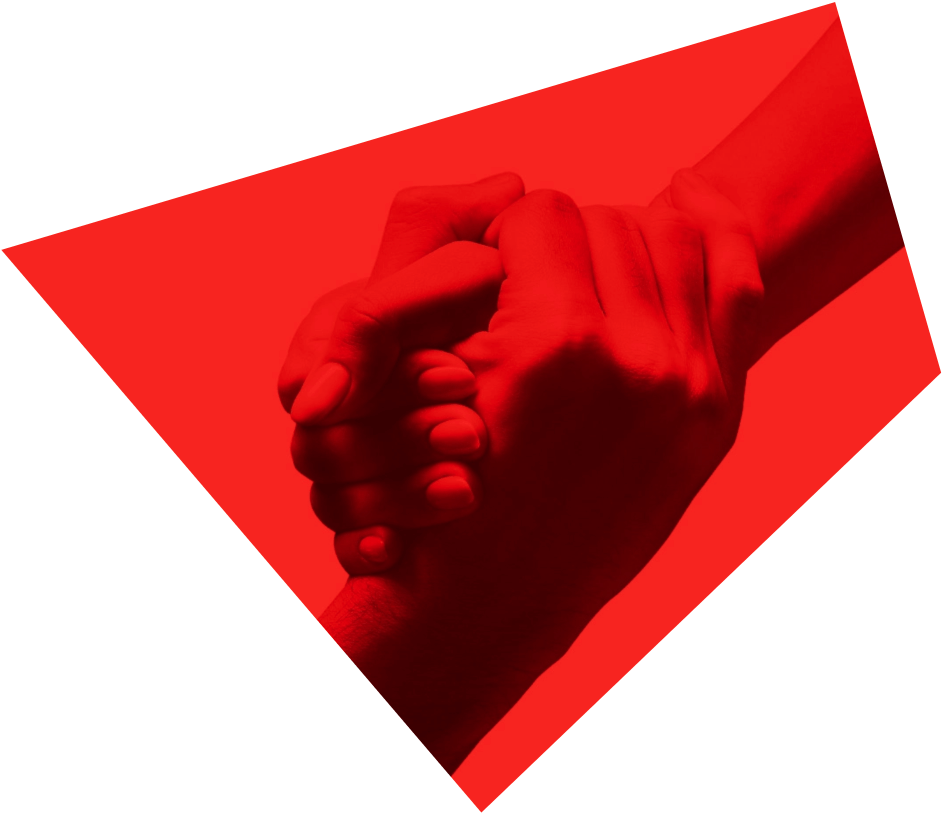This article first appeared in the Toronto Star on January 26, 2020.
Here we go again.
Another race for the leadership of the Conservative Party, another case of medieval ideas rearing their ugly head.
This week it was former Harper staffer Richard Décarie, who shared his views on the LGBTQ community, the very name for which he condemned as a “liberal term.” I’m not about to waste time with a rehash of the rest of Décarie’s views, other than to say they are offensive, outdated and barely coherent.
What is important to note, however, is that every time the Conservative Party countenances such nonsense, Canadians punish them at the polls. Time and again, these kinds of comments on homosexuality have diminished the party’s brand and dashed its chances at electoral success.
Just ask Brad Trost. As a leadership candidate in 2017, Trost flaunted his disdain for the LGBTQ community, going so far as to say that “no leader of the Conservative Party of Canada should march in a ‘gay pride’ parade.” Not only did Trost’s gambit not win him the leadership, but this October, after being an elected MP for 15 years, he lost his riding nomination. So it goes.
The challenge, of course, is that comments like the ones Décarie made are unhelpful for all sensible Canadians searching for an alternative to the federal Liberals or NDP.
It is a tired old canard that Conservatives are, by definition, anti-LGBTQ. As a gay man who has been pilloried for my choice to be a conservative (and yes Mr. Décarie, that is a choice), I know that is not the case. Nonetheless, comments like Décarie’s unfortunately lead decent, pro-LGTBQ Conservatives to be lumped in with his antediluvian rubbish.
It is inevitable that in a country with only one viable right leaning party, there will coalesce a membership with differing views, opinions and lived experiences, which range from social conservatism to fiscally centred conservatism. While I may disagree (and do) with the personal views of certain Conservatives, I know the importance of a big tent party that finds common political ground from which to raise our standard.
People like Décarie, however, would turn that big tent into a circus tent.
One of the fundamental tenets of conservatism is respect: for the individual, for human rights and for the common decency of human beings. So, while I believe our party benefits from diversity of thought and opinion, there is absolutely no room for a leadership candidate who thinks that my rights — or those of any LGBTQ Canadian — are up for debate. They simply are not.
At a time when 91 per cent of Canadians tell pollsters they are comfortable with a LGBTQ person playing a large role in their lives and over three-quarters of Canadians support equal marriage, there are more important issues to address than the ramblings of a man who will never lead the Conservative Party, let alone the country.
Thankfully, this time around, the serious leadership candidates agree. Peter MacKay, Erin O’Toole and Marilyn Gladu all made it clear on Wednesday night that there is no room in the CPC for views like those expressed by Décarie.
Eric Duncan, a new and openly gay Conservative MP for Stormont—Dundas—South Glengarry, playfully offered on Twitter to have a chat with Décarie about Eric’s “life ‘choices.’” It speaks volumes that Décarie was politely rebuffed by an out gay man representing a rural riding for the very party Décarie is seeking to lead. As Canada has changed, so has the Conservative Party.
Hopefully this episode is the last time we are forced to give oxygen to these kinds of ideas, which only serve to distract from the important work of building an alternative to the incumbent government.
And the best way to ensure that outcome, is for Décarie to be humiliated on leadership election day when the results are announced and he has achieved two per cent of the vote.
Perhaps then it will be clear that the party has settled this issue and moved on. What great news that would be for Conservatives and Canadians alike.
